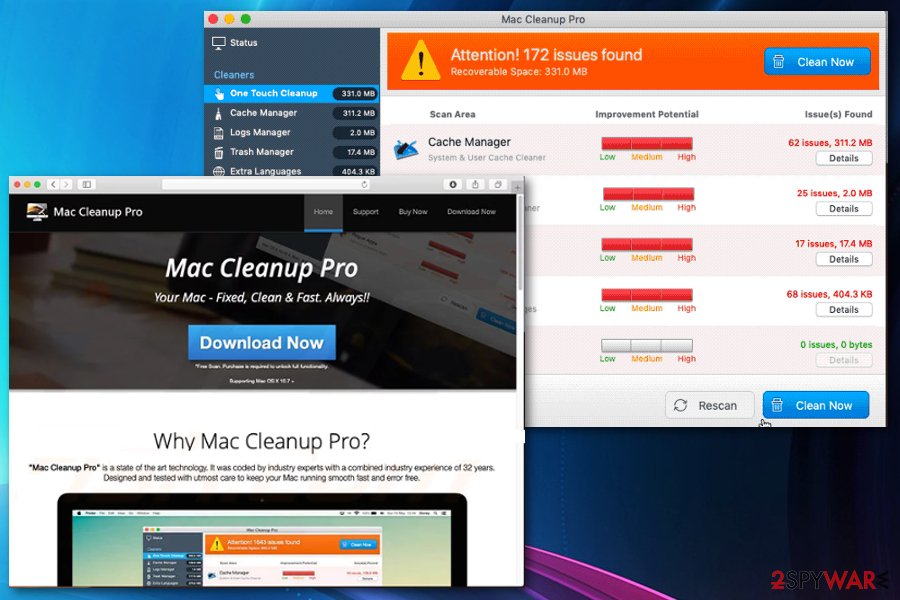
Delete the specific file by typing the following command: rm.This will display all files located in the trash. Confirm that you are browsing the right directory by typing “ls”.Type “cd ~/.Trash” to change the directory to the trash folder.

Instead, we recommend using the following, safer method of removing files using Terminal: Use it only if you know what you are doing. Don't use the very powerful “sudo rm -rf” command, because it will erase everything without warning. Mac users with SSDs won't see the “Secure Delete” option, however.Īdvanced users might prefer emptying the trash via a Terminal command. One method is to quit all active apps and then securely empty the trash by holding down the Command key and right-clicking on the trash icon. On rare occasions you might need to force the trash to be emptied. To manually unlock files via Terminal, type the following command:Īfter the permissions change, you'll be able to delete the file either by dragging it to the trash or via the Terminal command “sudo rm –R” followed by the location of the file. In this section you'll see who can read and write the file, and if your user doesn't have this privilege then select that option.
#CANT REMOVE MAC CLEANER PASSWORD#
To modify permissions in macOS High Sierra, click on the lock icon located in the bottom right of the Get Info window, at which point you'll need to enter the admin password to initiate the change to the file permissions. Select the file and press the Command + I keys or right-click the file and select “Get Info”. If the file is locked, the user doesn't have permission to remove the file or it is damaged, then it is best to first check the file permissions. To do this, simply press the Command + Q keys after activating the application, or open Activity Monitor and kill all the processes you think might be using the file. The first thing to do in this situation is to quit all applications that might be using that specific file, even those that you might not think are using it. What to Do If Relaunching Finder Doesn't Solve the Issue The file is damaged or corrupted, and the system is having a hard time finding it on the disk drive.




 0 kommentar(er)
0 kommentar(er)
